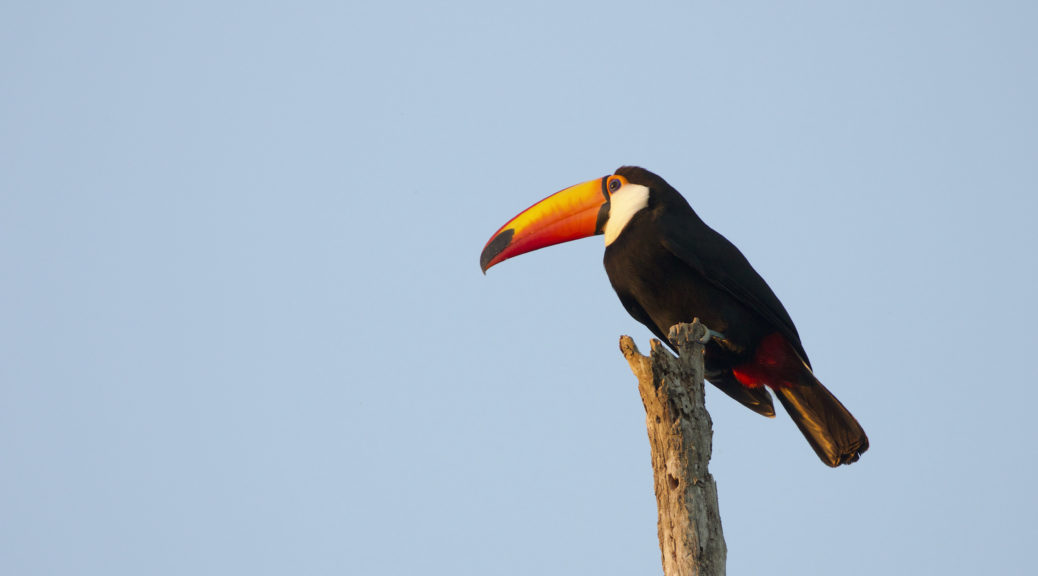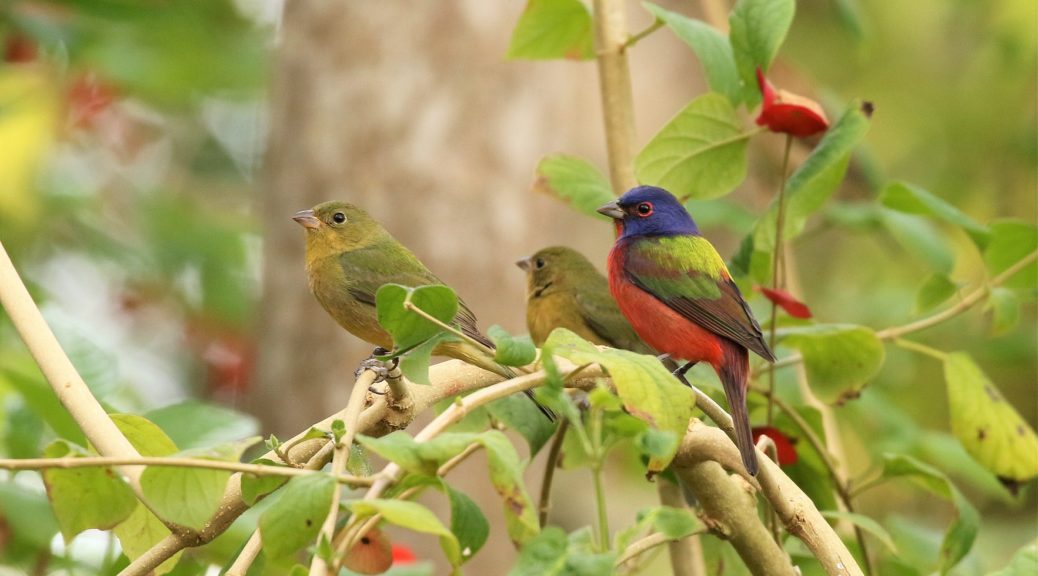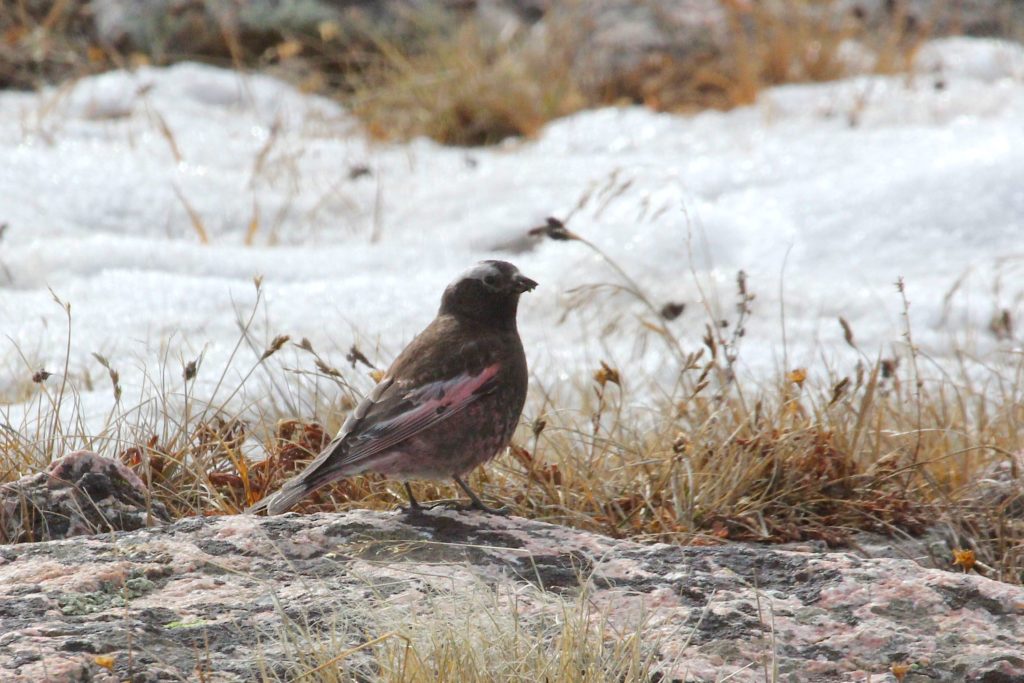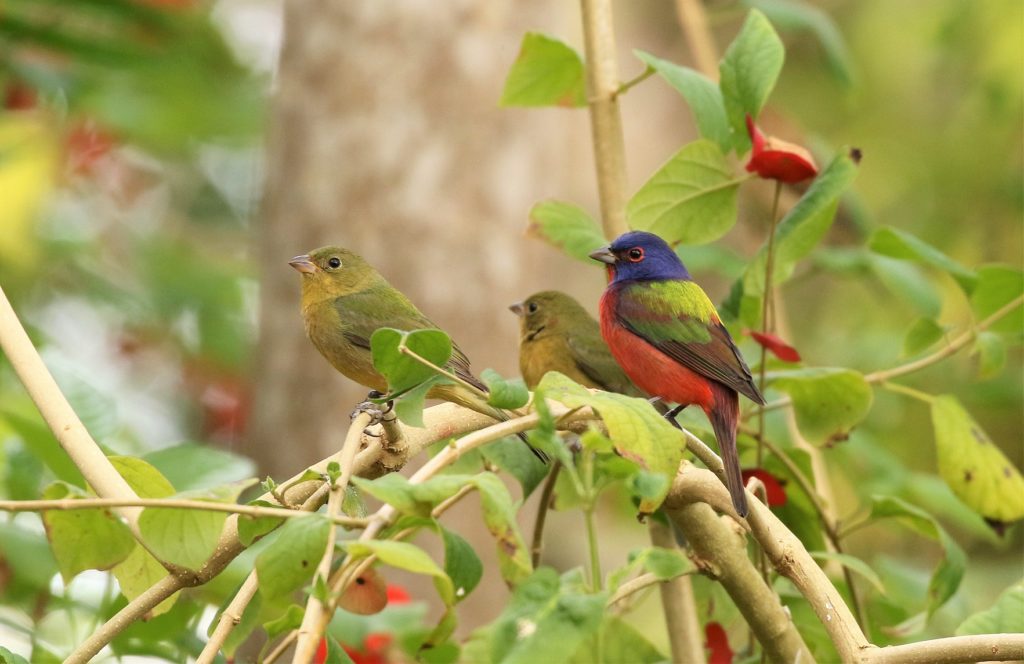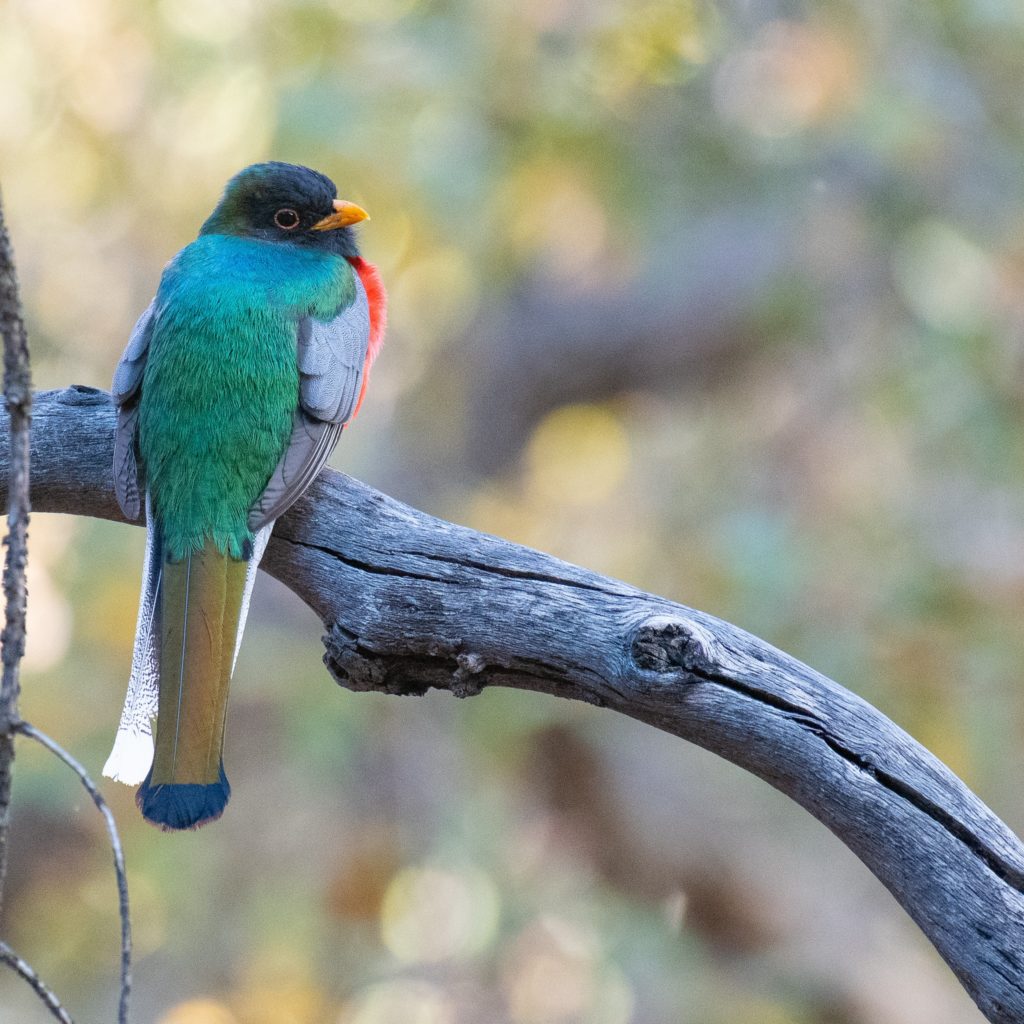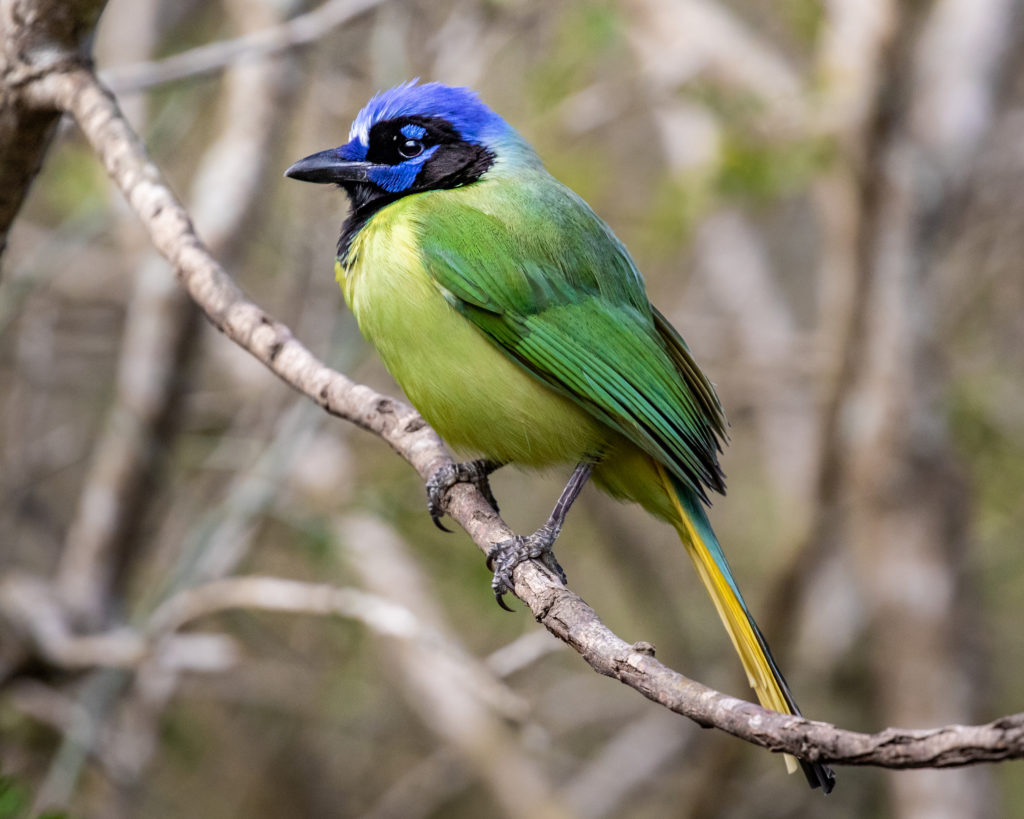Carlos Sanchez describes his experience from visits to Brazil’s birding and wildlife spectacle, The Pantanal. Carlos sits on the board of the Tropical Audubon Society. He is a regular contributor to the birding blog 10,000 Birds, and leads local tours through his company, EcoAvian Tours. He’s also a former resident guide at lodges in both Ecuador and Brazil.
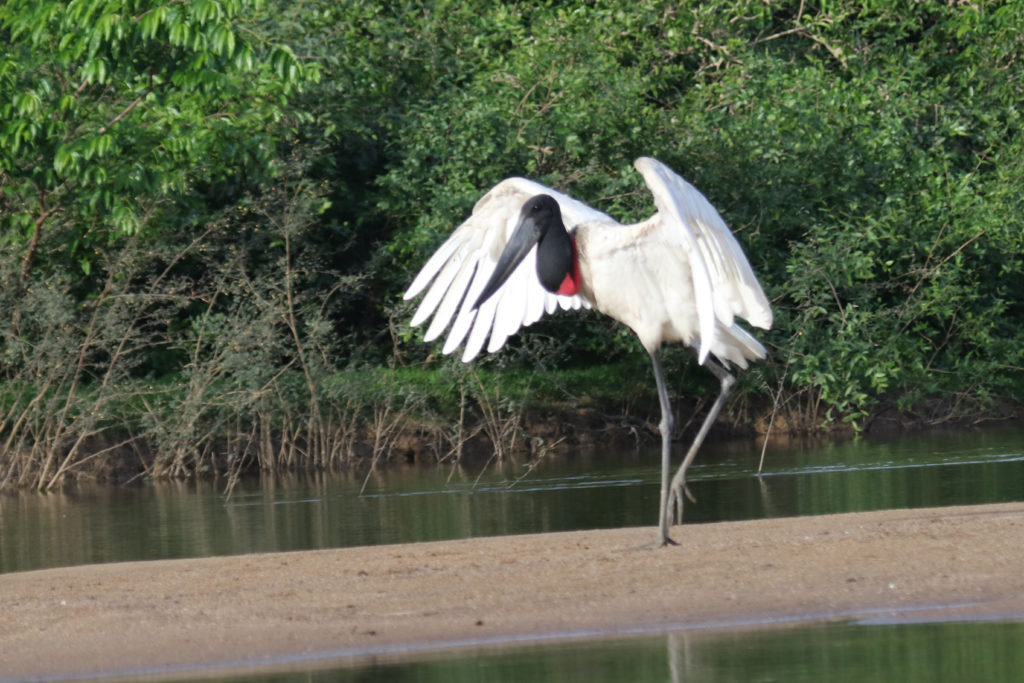
The Pantanal is a vast, seasonally flooded wetland. The largest in the world and in the southwest corner of the state of Mato Grosso in Brazil. Among birders, wildlife photographers, and nature enthusiasts, it is renowned for its incredible concentrations of birds at the end of the dry season. During this time, the fish get trapped in the shrinking pools of water. This attracts hordes of herons, egrets, storks, and other wetland species. The star of such huge concentrations is the massive Jabiru. The Jabiru towers over a diverse collection of South American waterbirds such as Sunbittern, Plumbeous Ibis, and Southern Screamer. Raptors such as Savanna Hawk, Snail Kite, and Black-collared Hawk, and up to five species of kingfisher also join the bonanza. It truly is one of the world’s great birding spectacles.
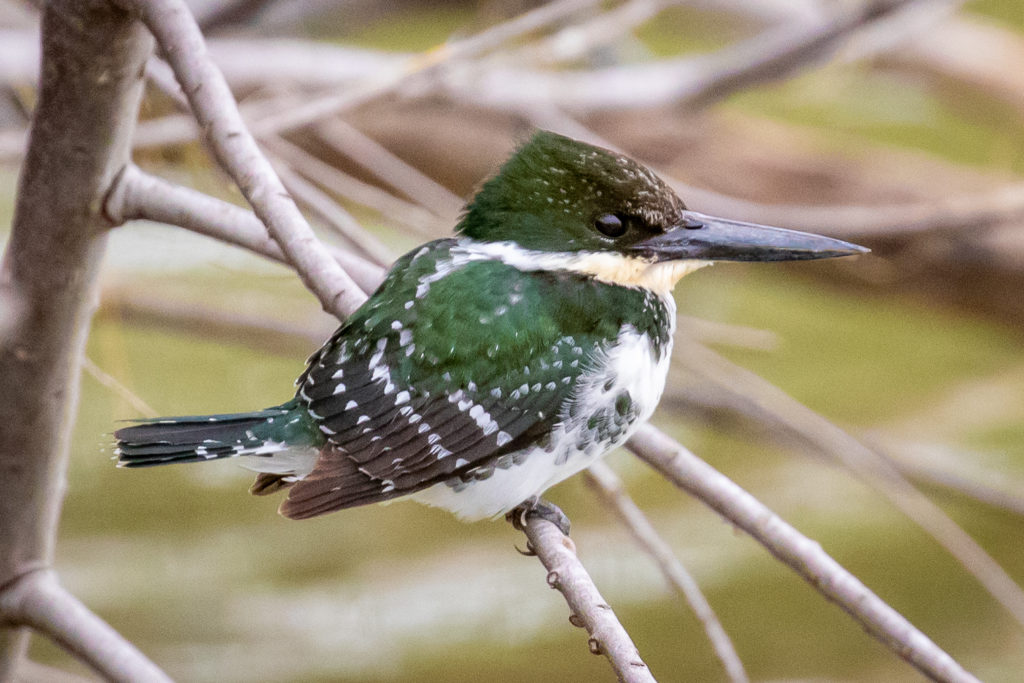
Several years ago, I had the good fortune to be able to visit the Pantanal before my guiding stint at Cristalino Lodge. It was my first of several subsequent visits over the years, but a first time visit to a place always seems to be the most impactful. I quickly learned that everything I had ever read about the Pantanal was true — this was truly a birder’s paradise. Everything was easy to see and easy to photograph. Did you miss that perfectly perched Snail Kite or Green Ibis? Not to worry. There were always more just around the corner. The Pantanal was the type of place where ‘there is always more of everything’ seemed to be a recurring theme.
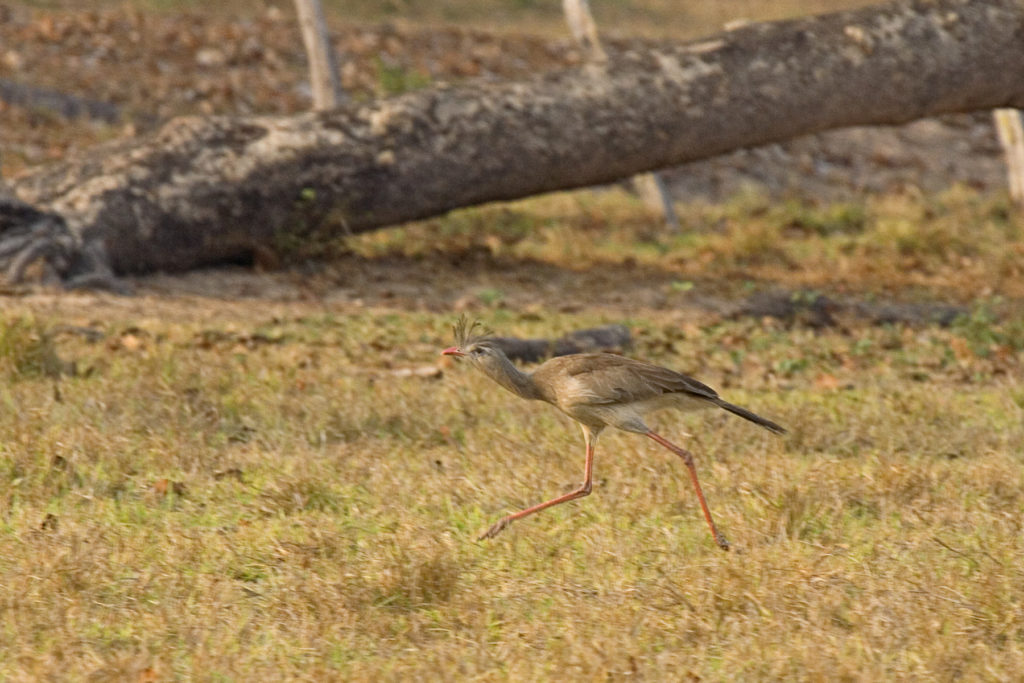
The Pantanal hosts a mosaic of forest islands and riverside forest. Home to an interesting assemblage of regional endemics such as Mato Grosso Antbird, White-lored Spinetail, and Pale-crested Woodpecker. It is in this habitat in which most of the near-endemic Pantanal specialties occur. Because of its excellent gallery forest and proximity to the southern portion of the Transpantaneira Highway. The Transpantaneira highway transects the northern Pantanal, starting from the town of Pocone down to Porto Jofre. I chose to stay at SouthWild Pantanal which is formerly the Pantanal Wildlife Center. A lodge that features as the grand finale to Naturalist Journey’s tour to the area.
I must mention one thing, dawn in the Pantanal is spectacular. Warm golden-yellow hues shoot through the trees and across the landscape. This quickly wakes up with the calls and movements of thousands of birds. Days started just outside the lodge, watching the commuting birds. Keeping a special eye out for Golden-collared Macaw! The feeders hosted Toco Toucan and Red-crested Cardinals, stars of the show. Joined by a supporting cast of blackbirds, pigeons, doves, aracaris, and others.
Once the birds settled down for the morning, I explored the forest interior. Consistently practicing my Ferruginous Pygmy-Owl imitation to draw in flocks containing Rufous Casiornis, Masked Gnatcatcher, and more. In the afternoon, I took a boat trip, the shores were teaming with birds and caiman. Ending the day with Band-tailed Nighthawks feeding over the river. It is easy to see over a hundred species in a day in the Pantanal without ever using a motorized vehicle — such is the bounty of the Pantanal.
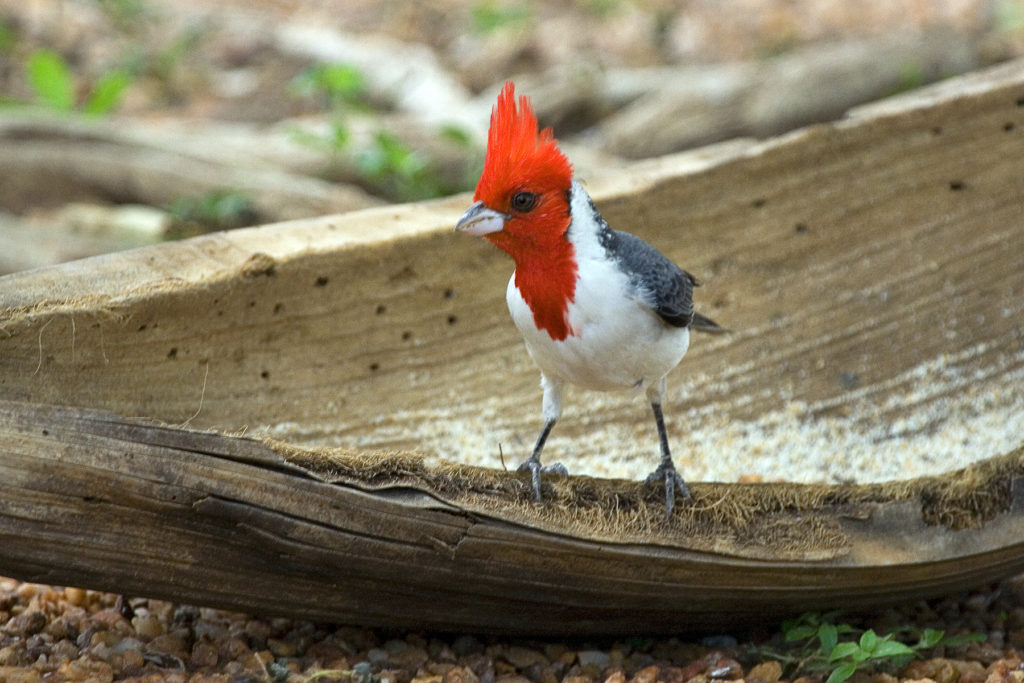
With a pre-dawn start down the Transpantaneira Highway, it took up until noon to finally reach Porto Jofre. Such was the quality of the birding to be had along the road here. Unlike the more northerly segment of the highway, the southern Transpantaneira crosses much wetter, much more open wetlands that many species seem to prefer.
As I was driving, I quickly noticed a red light among the reeds near the side of the road and stopped. A Scarlet-headed Blackbird, only one of two birds seen on the trip. The open fields along the way had multiple bizarre Southern Screamer and elegant Maguari Stork. The patches of forest here are excellent for Fawn-breasted Wren. They can only be seen in this part of the Pantanal. As one drives south, the wooden bridges become increasingly rickety (with one of the long ones twisted sideways). Crossing them was like taking a leap of faith each time.
Halfway between SouthWild Pantanal and the northern terminus of the Transpantaneira, Pousada Alegre offers slightly more affordable lodging set within a working cattle ranch. A great opportunity to see Brazilian Tapir. Although birding here did not revolve around specific target species, it was still highly enjoyable and it was the only place where I saw Red-billed Scythebill. For the first time ever, I went birding by horseback, to get deeper into the wetlands. It was certainly not great for seeing small birds, but in the Pantanal where many of the birds are large and conspicuous, this method certainly works. Plus it was fun! I will never forget the experience of rolling out of bed, walking down a couple miles and back, and having breakfast at around 8:00 AM with a day list already over 100 species.
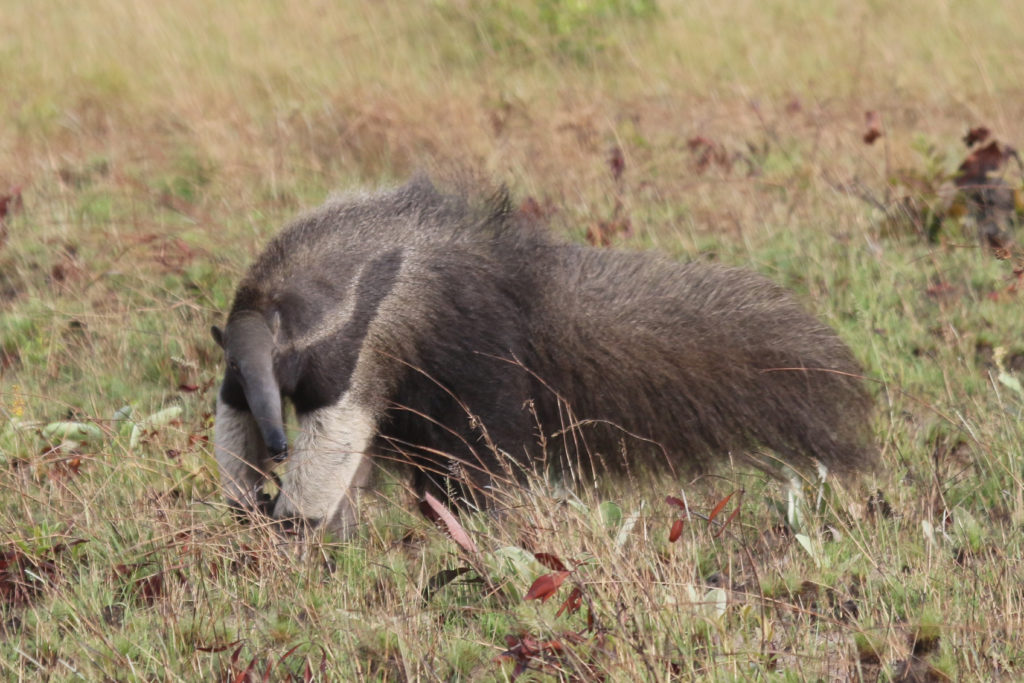
Pousada Piuval was the last stop of my trip in this glorious wetland, located north of the start of the Transpantaneira. Here, the landscape is not seasonally flooded for as long as points further in the south. Termite mounds are conspicuous. Many species more typical of the cerrado scrub-grasslands to the north and east are common, including Red-legged Seriema, Greater Rhea, Gilded Flicker, and more. It is one of the best places in Brazil to see White-fronted Woodpecker – a specialty more typical of the Chaco of Paraguay and Argentina –occuring in small numbers at Pousada Piuval. Giant Anteater, arguably one of the world’s most incredible mammals, ambles along in certain paddocks in the early morning. Always a special sighting!
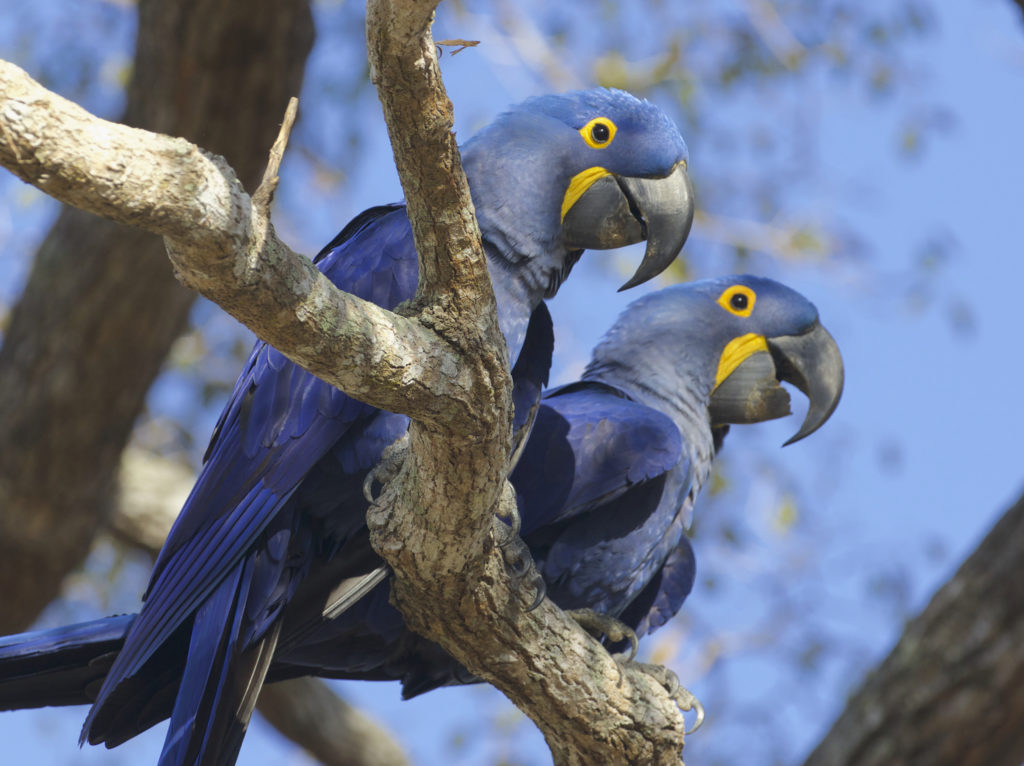
Alas, it was over too soon. My last sunset in the Pantanal was spent admiring a pair of Hyacinth Macaw. They are the largest parrot in the Western Hemisphere and one of Brazil’s great conservation success stories. It was a great way to end this part of my trip.
See Jabiru, Giant Anteater, and more on our Brazil Birding & Nature Naturalist Journeys tours in 2021.
Naturalist Journeys is pleased to offer birding and nature tours to all seven continents. Start planning your next adventure.
www.naturalistjourneys.com | 866-900-1146 | travel@naturalistjourneys.com

